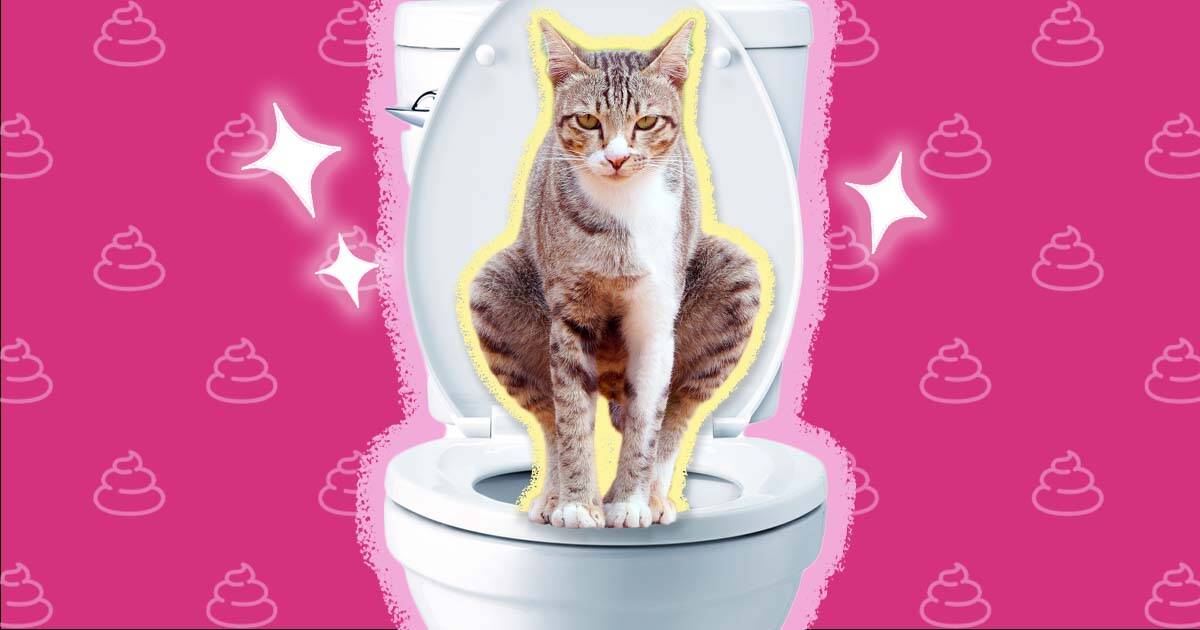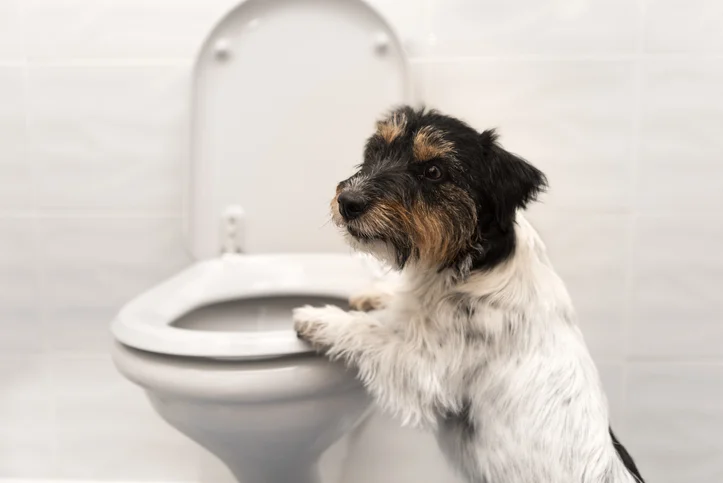Leading Factors to Refrain from Flushing Animal Waste Down the Toilet
Leading Factors to Refrain from Flushing Animal Waste Down the Toilet
Blog Article
What're your concepts on Should you flush animal waste down the toilet?

When it involves disposing of waste, specifically animal waste, many people commonly resort to the hassle-free option of flushing it down the toilet. Nevertheless, this seemingly simple remedy can have severe consequences for the setting and public health. In this article, we'll explore why flushing animal waste down the toilet is a bad concept and give different methods for correct disposal.
Intro
Proper waste disposal is critical for maintaining ecological sustainability and public health. While it might seem harmless to flush animal waste down the toilet, it can cause various issues, both for the environment and human health.
Risks of flushing animal waste
Ecological influence
Purging pet waste introduces damaging germs and microorganisms right into waterways, which can negatively influence aquatic environments. These pathogens can contaminate water resources and harm marine life, interrupting fragile environments.
Public health problems
Pet waste consists of damaging germs such as E. coli and Salmonella, which can position severe health and wellness risks to human beings. Purging animal waste down the toilet can contaminate water supplies, causing the spread of diseases and infections.
Alternatives to flushing
As opposed to flushing pet waste down the toilet, there are several different disposal approaches that are more environmentally friendly and sanitary.
Composting
Composting animal waste is an eco-friendly means to deal with it. By composting, organic matter is broken down right into nutrient-rich soil, which can be used to fertilize gardens and plants.
Landfill disposal
Dealing with animal waste in a landfill is one more choice. While not as eco-friendly as composting, it is a more secure choice to flushing, as it stops the contamination of water resources.
Animal waste disposal systems
There are specialized family pet garbage disposal systems readily available that safely and hygienically dispose of pet waste. These systems often use enzymes to break down waste and remove odors.
Steps to appropriate pet waste disposal
To ensure correct disposal of animal waste, adhere to these actions:
Scooping and getting waste
On a regular basis scoop and bag animal waste making use of naturally degradable bags. This protects against waste from polluting the setting.
Utilizing marked waste bins
Dispose of bagged pet waste in assigned waste bins, such as compost bins or garbage dump bins. get more info Avoid flushing it down the toilet at all expenses.
Cleaning can and pet dog locations frequently
Frequently clean litter boxes and family pet areas to stop the build-up of waste and bacteria. Usage pet-safe cleansing items to maintain hygiene.
Benefits of proper disposal methods
Taking on appropriate disposal approaches for pet waste supplies numerous benefits:
Reduced environmental pollution
Proper disposal techniques minimize the threat of environmental pollution, safeguarding rivers and ecological communities from contamination
Lessened danger of water contamination.
By avoiding flushing animal waste down the toilet, the risk of water contamination is substantially minimized, protecting public health.
Improved cleanliness and hygiene
Correct disposal techniques promote better cleanliness and hygiene, producing a much safer setting for both humans and pets.
Final thought
In conclusion, flushing pet waste down the bathroom is unsafe to the environment and public health. By adopting different disposal approaches and adhering to proper waste management practices, we can minimize the adverse effect of animal waste and contribute to a cleaner, healthier planet.
What To Do With Dog Poo – The Do's And Don'ts Of Disposing Of Faeces
Dog poo bins
Some councils provide dedicated dog waste bins in popular dog-walking areas that can take dog poo that has been bagged but you can legally dispose of dog waste in any public litter bin, as long as it is securely bagged. This also applies to your wheelie bin at home.
Do not flush
Water companies do not recommend flushing dog faeces down the toilet because certain parasites can survive the water processing treatment and are potentially harmful to humans. You should also never consider flushing dog poo that has been bagged down the toilet as the bags will not break down and instead create severe blockages in the sewage system.
In the woods
The Forestry Commission promotes a ‘stick and flick’ method for dealing with waste in the woods. This means finding a stick and using it to flick any poo from off the path so that it is out of the way of other walkers. You could also bury it as long as it is not in an area where there might be livestock.
Livestock
Parasites found in dog poo can be transmitted to livestock if they inadvertently eat infected faeces that has been left on grazing land. This could result in the death of sheep or abortion in cattle so you should always make sure you pick up your dog’s waste in fields where livestock could be present.

Frequently clean litter boxes and family pet areas to stop the build-up of waste and bacteria. Usage pet-safe cleansing items to maintain hygiene.
Benefits of proper disposal methods
Taking on appropriate disposal approaches for pet waste supplies numerous benefits:
Reduced environmental pollution
Proper disposal techniques minimize the threat of environmental pollution, safeguarding rivers and ecological communities from contamination
Lessened danger of water contamination.
By avoiding flushing animal waste down the toilet, the risk of water contamination is substantially minimized, protecting public health.
Improved cleanliness and hygiene
Correct disposal techniques promote better cleanliness and hygiene, producing a much safer setting for both humans and pets.
Final thought
In conclusion, flushing pet waste down the bathroom is unsafe to the environment and public health. By adopting different disposal approaches and adhering to proper waste management practices, we can minimize the adverse effect of animal waste and contribute to a cleaner, healthier planet.
What To Do With Dog Poo – The Do's And Don'ts Of Disposing Of Faeces
Dog poo bins
Some councils provide dedicated dog waste bins in popular dog-walking areas that can take dog poo that has been bagged but you can legally dispose of dog waste in any public litter bin, as long as it is securely bagged. This also applies to your wheelie bin at home.
Do not flush
Water companies do not recommend flushing dog faeces down the toilet because certain parasites can survive the water processing treatment and are potentially harmful to humans. You should also never consider flushing dog poo that has been bagged down the toilet as the bags will not break down and instead create severe blockages in the sewage system.
In the woods
The Forestry Commission promotes a ‘stick and flick’ method for dealing with waste in the woods. This means finding a stick and using it to flick any poo from off the path so that it is out of the way of other walkers. You could also bury it as long as it is not in an area where there might be livestock.
Livestock
Parasites found in dog poo can be transmitted to livestock if they inadvertently eat infected faeces that has been left on grazing land. This could result in the death of sheep or abortion in cattle so you should always make sure you pick up your dog’s waste in fields where livestock could be present.

We hope you enjoyed our article on Should you flush animal waste down the toilet. Thanks for finding the time to browse our piece. Do you know somebody who is curious about 10 Things You Should Never Flush Down The Toilet? Take a moment to promote it. We recognize the value of reading our article about .
Call Report this page